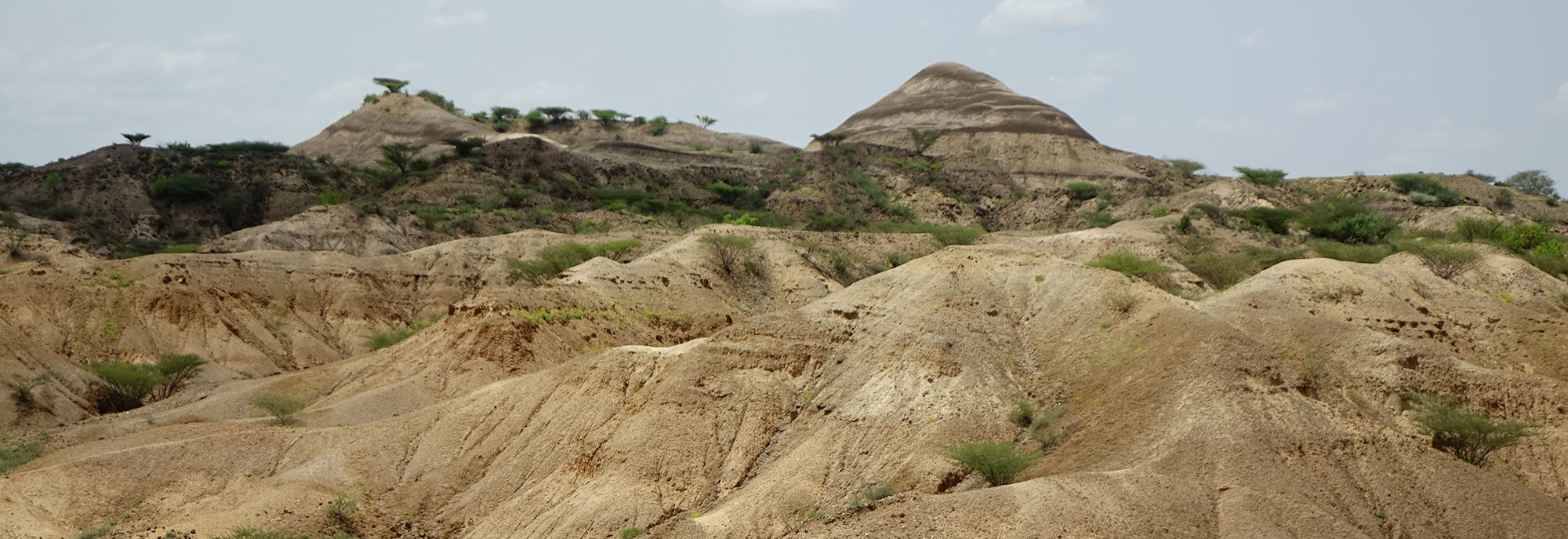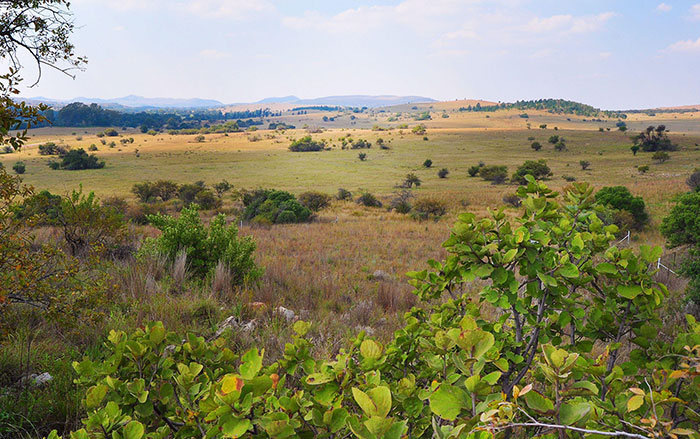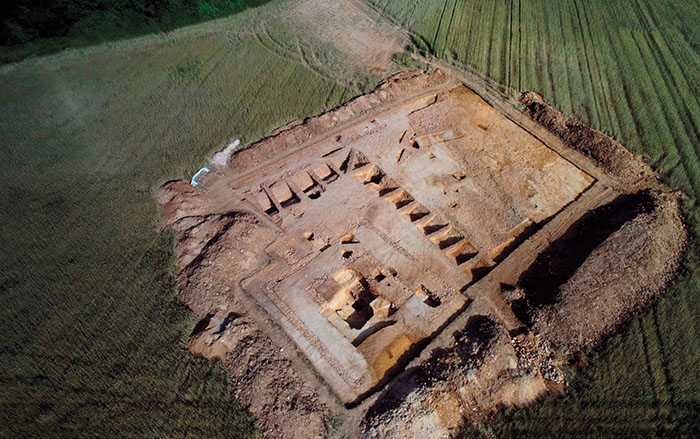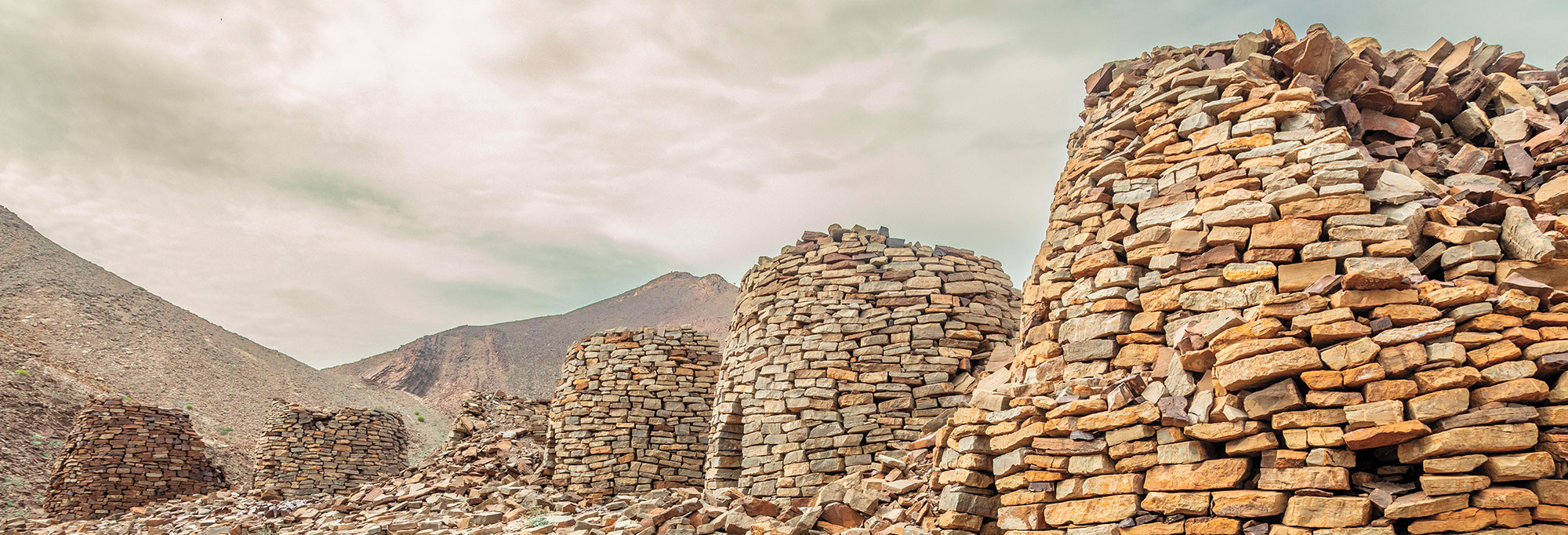
WASHINGTON, D.C.—According to a statement released by George Washington University, a collection of Oldowan stone tools ranging in age from 2.75 to 2.44 million years old has been analyzed by an international team of researchers. The tools were discovered at the Namorotukunan site in Kenya’s Turkana Basin. “These finds show that by about 2.75 million years ago, hominins were already good at making sharp stone tools, hinting that the start of the Oldowan technology is older than we thought,” said paleobiologist Niguss Baraki of George Washington University. For some 300,000 years, the same sharp-edged tools were produced despite recurring wildfires, droughts, and an environmental shift from lush wetlands to dry grasslands and semi-deserts, explained Rahab N. Kinyanjui of the National Museums of Kenya and the Max Planck Institute for Geoanthropology. This suggests that early hominins had the skills to engineer the tools, reproduce them consistently, and pass that knowledge to succeeding generations. “As vegetation shifted, the toolmaking remained steady," Kinyanjui said. "This is resilience.” Read the original scholarly article about this research in Nature Communications. To read about the oldest bone tools from Tanzania's Olduvai Gorge, go to "The Bone Toolkit."












